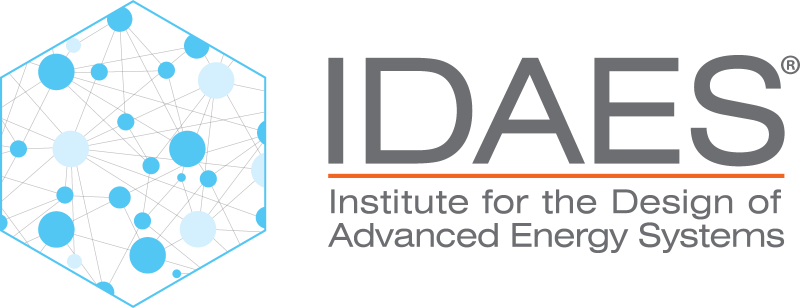Ideal Gases and Liquids (Ideal)#
Introduction#
Ideal behavior represents the simplest possible equation of state that ensures thermodynamic consistency between different properties.
Critical Properties of Mixtures#
The Ideal Equation of State module does not support the calculation of mixture critical properties as the ideal equation of state cannot represent the critical point.
Mass Density by Phase#
The following equation is used for both liquid and vapor phases, where \(p\) indicates a given phase:
where \(MW_p\) is the mixture molecular weight of phase \(p\).
Molar Density by Phase#
For the vapor phase, the Ideal Gas Equation is used to calculate the molar density;
whilst for the liquid phase the molar density is the weighted sum of the pure component liquid densities:
where \(x_{Liq, j}\) is the mole fraction of component \(j\) in the liquid phase.
Molar Enthalpy by Phase#
For both liquid and vapor phases, the molar enthalpy is calculated as the weighted sum of the component molar enthalpies for the given phase:
where \(x_{p, j}\) is the mole fraction of component \(j\) in the phase \(p\).
Component Molar Enthalpy by Phase#
Component molar enthalpies by phase are calculated using the pure component method provided by the users in the property package configuration arguments.
Molar Entropy by Phase#
For both liquid and vapor phases, the molar entropy is calculated as the weighted sum of the component molar entropies for the given phase:
where \(x_{p, j}\) is the mole fraction of component \(j\) in the phase \(p\).
Component Molar Entropy by Phase#
Component molar entropies by phase are calculated using the pure component method provided by the users in the property package configuration arguments.
Component Fugacity by Phase#
For the vapor phase, ideal behavior is assumed:
For the liquid phase, Raoult’s Law is used:
Component Fugacity Coefficient by Phase#
Ideal behavior is assumed, so all \(\phi_{p, j} = 1\) for all components and phases.
Molar Gibbs Energy by Phase#
For both liquid and vapor phases, the molar Gibbs energy is calculated as the weighted sum of the component molar Gibbs energies for the given phase:
where \(x_{p, j}\) is the mole fraction of component \(j\) in the phase \(p\).
Component Gibbs Energy by Phase#
Component molar Gibbs energies are calculated using the definition of Gibbs energy:
